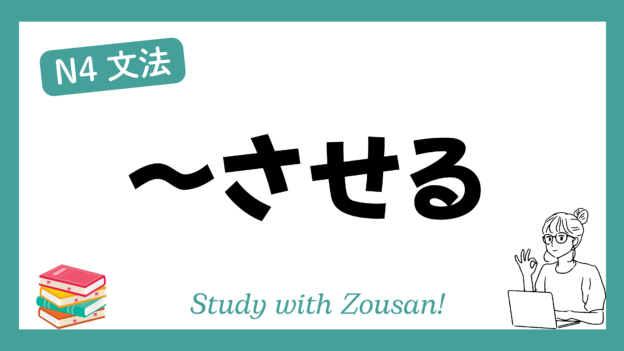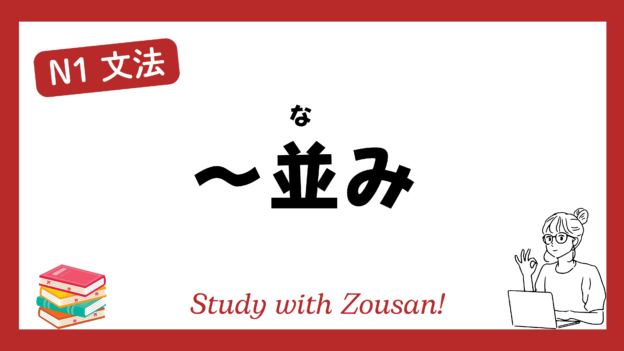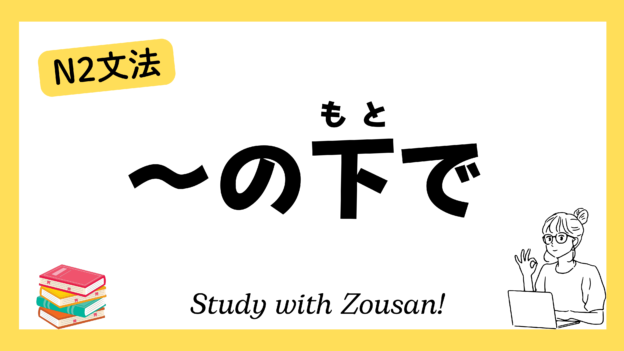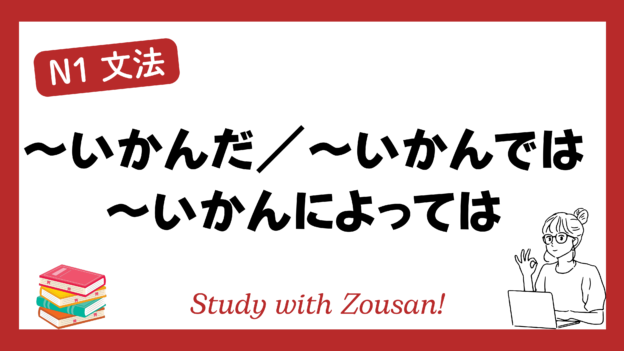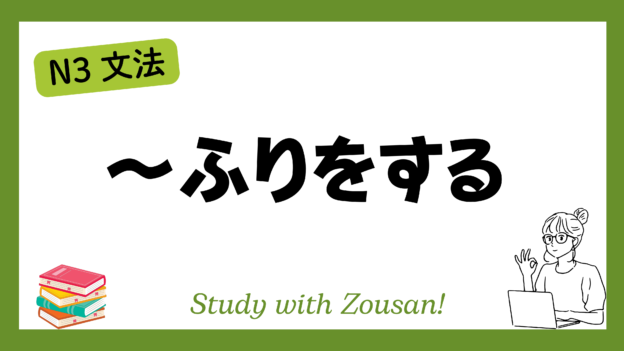N4文法:~させる
Meaning: “To make (someone) do…” / “To let (someone) do…”
~させる is a causative structure used to express that the speaker allows, compels, or causes someone to perform an action. This structure often implies a command, request, or permission for an action, and can express both coercion and willingness.
※Note:
・~させる can be used with verbs to form the causative, meaning “to let” or “to make.”
・For Group 1 (godan) verbs, form the causative by changing the う-ending to the あ-line and adding ~せる.
・For Group 2 (ichidan) verbs, add ~させる to the verb stem.
・For irregular Group 3 verbs like する and 来る, they become させる and 来させる.
Structure:
| Ru-verb | る -> させる |
| U-verb | (ない form) ない -> せる |
| する | → させる |
| やる | → やらせる |
| くる | → こさせる |
Example:
❶Expressing “to allow”:
-
-
-
🌟 子供に好きなことをさせる。
(こども に すきな こと を させる)
Let the child do what they like. -
🌟 友達に遊ばせてあげる。
(ともだち に あそばせて あげる)
Let my friend play. -
🌟 彼に自分で選ばせました。
(かれ に じぶん で えらばせました)
I let him choose by himself.
-
-
➋Expressing “to make” or “to compel”:
-
-
-
🌟 部下に報告書を書かせる。
(ぶか に ほうこくしょ を かかせる)
Make my subordinate write the report. -
🌟 母は私に野菜を食べさせました。
(はは は わたし に やさい を たべさせました)
My mother made me eat vegetables. -
🌟 彼を待たせないでください。
(かれ を またせないで ください)
Please don’t make him wait. -
🌟 私は彼女にピアノを習わせています。
(わたし は かのじょ に ピアノ を ならわせています)
I’m making her learn the piano. -
🌟 子供たちを外で遊ばせました。
(こどもたち を そと で あそばせました)
I let the children play outside. -
🌟 彼女を待たせたくない。
(かのじょ を またせたくない)
I don’t want to make her wait. -
🌟 先生は学生に毎日日本語を話させました。
(せんせい は がくせい に まいにち にほんご を はなさせました)
The teacher made the students speak Japanese every day.
-
-



